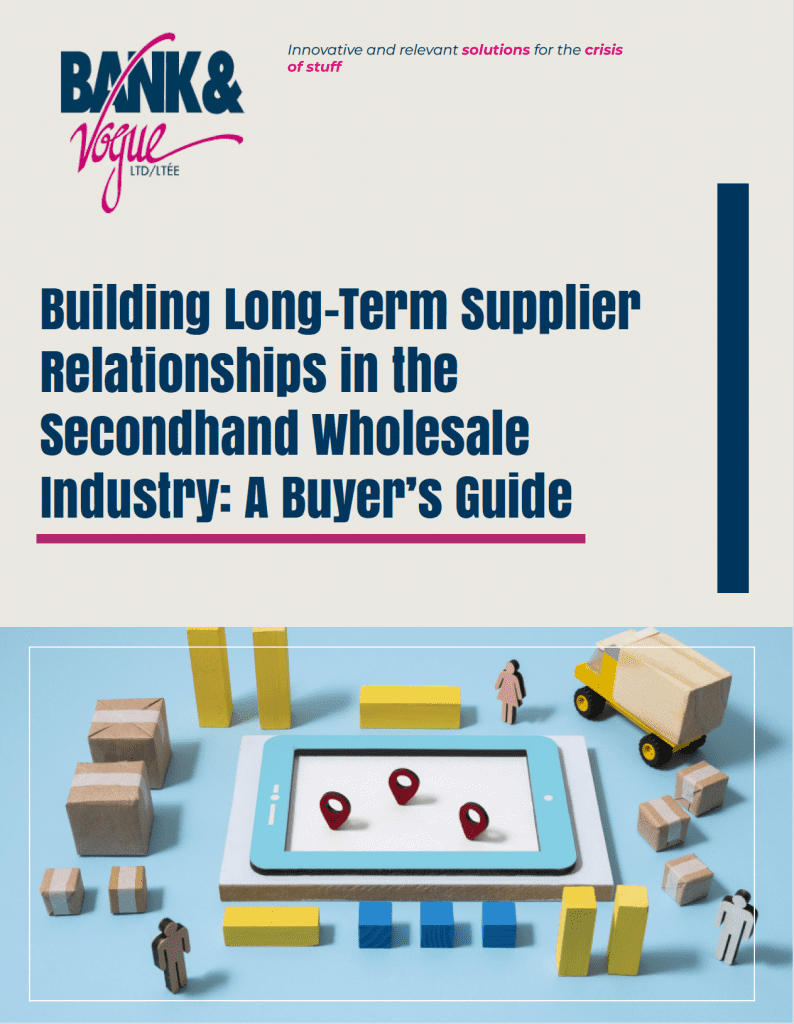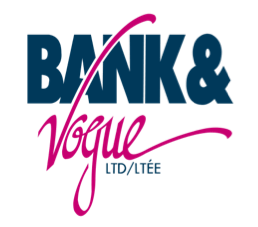Introduction
In the dynamic world of secondhand wholesale, strong supplier relationships are the backbone of a successful and sustainable business. A reliable supplier ensures a steady flow of quality inventory, competitive pricing, and market insights that can give buyers a strategic advantage. But building these partnerships isn’t just about transactions—it’s about trust, transparency, and mutual growth.
This guide outlines the key strategies for buyers looking to foster long-term relationships with suppliers, helping both parties navigate industry challenges and seize new opportunities together.
1. The Value of Strong Supplier Relationships
A well-established supplier relationship goes beyond securing inventory. It creates a foundation for long-term business stability, ensuring that buyers can consistently meet demand without disruptions. When a supplier understands a buyer’s needs, they are more likely to prioritize quality control, offer flexible pricing structures, and even provide insights into market trends.
Beyond the immediate operational benefits, long-term partnerships create efficiencies that reduce costs, improve logistics, and minimize risks associated with sourcing inconsistencies. In a market driven by fluctuating supply and demand, the ability to rely on trusted suppliers can make all the difference.
2. Establishing Clear and Open Communication
Effective communication is the foundation of any lasting business relationship. Buyers should maintain open dialogue with suppliers, setting clear expectations regarding quality standards, order volumes, and delivery timelines. Regular check-ins—whether through emails, phone calls, or video meetings—help ensure both sides are aligned and allow for quick resolution of any issues.
Encouraging a two-way feedback loop is equally important. Suppliers should feel comfortable voicing concerns or providing suggestions on how to optimize the relationship. Transparency about challenges, such as logistical delays or changes in demand, allows both parties to work proactively rather than reactively.
Building this level of trust takes time, but when achieved, it results in a more seamless and efficient working relationship.

3. Aligning Business Goals for Mutual Success
A transactional approach to supplier relationships may work in the short term, but long-term success comes from strategic alignment. Buyers and suppliers should view their partnership as a collaborative effort, where both parties benefit from shared objectives.
This alignment can take different forms—agreeing on pricing structures that support profitability for both sides, collaborating on inventory forecasting, or even working together on sustainability initiatives. Buyers should seek suppliers who not only meet their immediate needs but who also share their vision for growth and operational excellence.
Periodic performance reviews and goal-setting meetings can help strengthen this collaboration. When both parties understand each other’s priorities and constraints, they can find innovative ways to support one another.
4. Prioritizing Fair and Timely Payments
Financial reliability is a critical factor in maintaining supplier trust. Late payments or unclear financial terms can strain relationships, making it harder to negotiate favorable terms in the future. Establishing clear payment agreements upfront and adhering to them ensures suppliers can maintain their own cash flow and continue delivering quality goods on time.
Buyers should also remain open to discussing financial flexibility when needed. In some cases, suppliers may request adjusted payment terms due to unexpected economic conditions or supply chain disruptions. By demonstrating fairness and reliability, buyers can position themselves as preferred partners, strengthening their long-term standing with suppliers.
5. Leveraging Technology to Improve Collaboration
Technology plays an increasingly important role in optimizing supplier relationships. Inventory management software, for instance, can help buyers track stock levels more accurately and share demand forecasts with suppliers, reducing the likelihood of supply shortages or overstocking.
Communication platforms, such as shared dashboards or cloud-based order tracking systems, can enhance visibility and streamline collaboration. Digital tools also facilitate real-time updates on order status, shipment tracking, and performance analytics, making it easier to manage operations efficiently.
By embracing technology, buyers can reduce friction in their supply chains and enhance operational efficiency while improving trust with their suppliers.
6. Recognizing and Rewarding Supplier Performance
Just as buyers seek reliability from suppliers, suppliers also value dependable and appreciative buyers. Recognizing and rewarding suppliers who consistently meet or exceed expectations fosters goodwill and encourages continued high performance.
This recognition doesn’t always have to be monetary. Long-term contracts, preferred partner status, or simply acknowledging a supplier’s efforts in industry forums can go a long way. In cases where suppliers go above and beyond—such as accommodating urgent requests or providing exceptional quality—it’s worth showing appreciation through incentives or priority orders.
A culture of mutual respect and recognition strengthens relationships, making suppliers more willing to go the extra mile when needed.
7. Collaborating on Sustainability Initiatives
Sustainability is becoming an essential component of the secondhand wholesale industry, and buyers who align with environmentally responsible suppliers gain a competitive advantage. From waste reduction programs to ethical sourcing practices, suppliers and buyers can work together to develop strategies that benefit both business and the planet.
This collaboration could involve sourcing secondhand goods from suppliers who prioritize textile recycling, reducing carbon footprints in transportation, or developing new ways to extend the lifecycle of garments. Buyers who actively engage in sustainability discussions with their suppliers not only contribute to a greener supply chain but also enhance their brand reputation in an increasingly eco-conscious market.
Conclusion
Building long-term supplier relationships in the secondhand wholesale industry is about more than just securing inventory. It’s about cultivating trust, maintaining transparency, and working together to create value. When buyers and suppliers invest in their partnerships, they unlock benefits that extend far beyond financial transactions—ensuring stable operations, fostering innovation, and driving long-term success.
By implementing the strategies outlined in this guide, buyers can build strong, resilient supplier relationships that stand the test of time, navigating industry shifts while maintaining a competitive edge.







